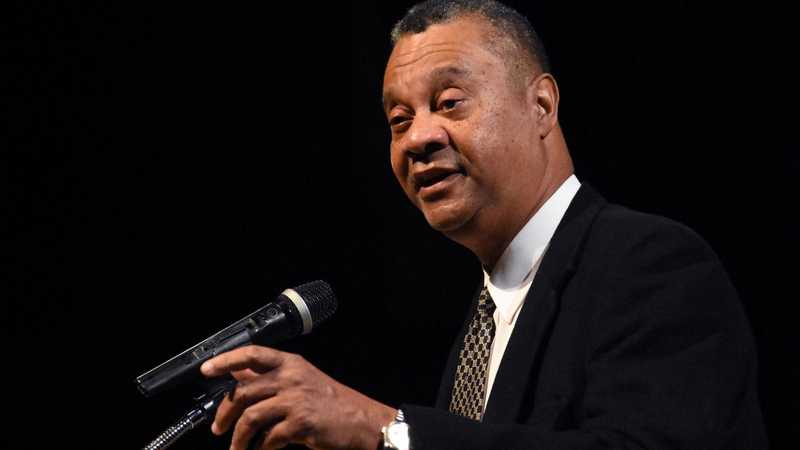Originally posted in the Herald-Tribune by Judge Charles E. Williams
The residents felt that the history of lynching and the remembrance of these victims should not be recognized. What was particularly haunting and disturbing was the desire by some to “let us forget” what happened. The other quote that was even more disturbing was this one: “We don’t need to drag this up now and leave it in our children’s face for the rest of their lives.”
First, some technical corrections are necessary: There is no “lynching museum” being proposed for Newtown. There is no “lynching sculpture” being contemplated portraying lynching victims. What is being proposed is a simple marker that recognizes the fact that there were lynchings in this area – and provides the names and circumstances of the victims. The placement of such a marker would require someone to come to the area of the marker placement and read the narrative on the marker.
The comments by the citizens who spoke against a memorial reveal the very reasons why it is so important to preserve and understand the history of lynching in America.
During the period between the Civil War and World War II, thousands of African Americans were lynched in the United States. Lynchings were violent and often very public acts of torture that traumatized Black people throughout the country and were largely tolerated by state and federal officials. Florida had a particularly violent history of lynchings; there were more lynchings of Black people per capita in Florida than in any other state in America.
These acts of terrorism served the purpose of preventing Black people from striving toward upward mobility, and from exercising their rights under the Constitution. These acts of terrorism also silenced the dissent of Black people while simultaneously advancing the cause of white supremacy.
“The comments by the citizens who spoke against a memorial reveal the very reasons why it is so important to preserve and understand the history of lynching in America.”
— Judge Charles E. Williams
This racial terror was intended to strike fear and cause a ripple effect in the Black community. It was also intended to have a multi-generational effect in keeping Black people in their place and enforcing the Jim Crow laws that became prevalent nationwide at the end of Reconstruction. These lynchings involved not only the murder of Black men but also the public killing of Black women and children to maximize terror – and to send the message that no Black person was ever safe.
Here was the tragedy of what was heard during the recent city commission meeting: It revealed that one of the original objectives of lynching – to have a multi-generational effect in the intimidation of Black people – is still effective. The comments during the city commission meeting served notice to all of us that this fear still must be overcome. But it won't be overcome by forgetting about lynchings or pretending that they never took place. It will only be overcome through knowledge that enables us to learn from this tragic history and work toward finding meaningful solutions.
For example, it speaks volumes that very few people – other than the organizers and supporters of a lynching memorial – actually know the names of the victims who would be memorialized. The crowds who lynched these victims did so with the false assurance that people would not care about them – and would not bother to want to know their stories. To a certain extent that was confirmed by what we heard during the recent city commission meeting.
However, those of us who are part of this coalition feel that to ignore these victims – and to not acknowledge what happened to them – simply erases their lives once more.
Judge Charles E. Williams serves in Florida’s 12th Judicial Circuit. His comments do not necessarily reflect the opinion of the judiciary. Williams is also a board member of the Sarasota African American Cultural Coalition.
